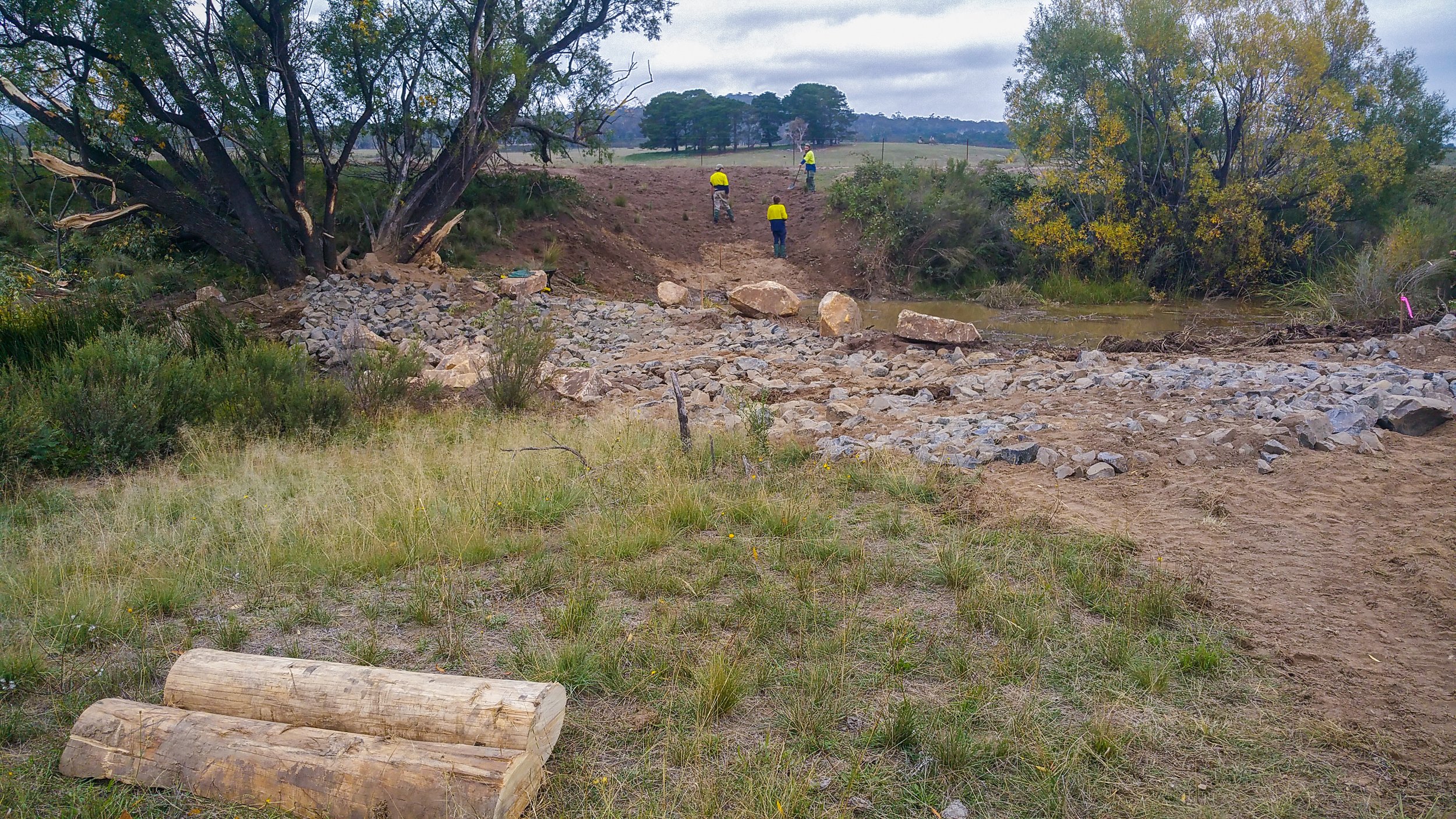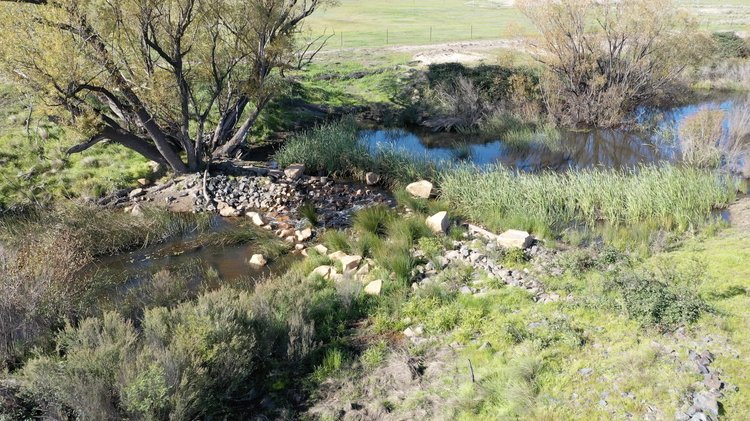Bureaucratic red tape continues to hinder vital landscape regeneration works that will bring back biodiversity, boost community resilience to climate-induced drought, bushfire and flood; and improve farm productivity.
“Farmers and landholders are keen to regenerate millions of kilometres of eroded and degraded watercourses throughout this country, but environmental and planning regulations are preventing many of them from undertaking this valuable work, due to the time and cost of submitting multiple applications, special reports and detailed designs to multiple government authorities for permission to undertake on-ground works,” says Mulloon Institute Chairman Gary Nairn A.O.
The Mulloon Institute works with landholders across Australia to reverse widespread land degradation by rehydrating and regenerating their landscapes.
“While it is relatively easy to build leaky weirs and other ‘landscape rehydration works’ in degraded catchments – the problem is getting approvals to build such structures,” says Matt Egerton-Warburton, Mulloon Institute Board and Law Committee spokesperson.
“So right now, we’re developing a proposal to encourage the Federal Government to work with the States and Territories towards producing a National Code that will help landowners more easily implement landscape rehydration works,” Mr Egerton-Warburton said.
The National Code would work by creating a streamlined compliance process that integrates the many environmental safeguards which currently protect water quality, biodiversity and cultural heritage.
“If the climate science is right, we have no time to lose in getting this vital rehydration initiative rolled out right across the nation,” says Gary Nairn.
The Mulloon Institute is recognised globally for its catchment-scale, Mulloon Rehydration Initiative which aims to rebuild the natural landscape function of a 23,000 hectare catchment and boost its resilience to climatic extremes. It involves 23 landholders and is resulting in more reliable stream flows, improved ecosystem function and increased agricultural productivity. It is jointly funded through the Mulloon Institute and the Australian Government’s National Landcare Program, with support from the NSW Government’s Environmental Trust, and has been recognised by the United Nations Sustainable Solutions Network as being one of five projects globally, as a demonstrator of sustainable, profitable and productive farming.
– ENDS –
For media queries, please contact:
Cass Moore, Communications & Media Officer
cass@themullooninstitute.org
Gary Nairn AO, Mulloon Institute Chairman
garynairn@themullooninstitute.org
Carolyn Hall, CEO
carolyn@themullooninstitute.org
Mulloon Creek, March 2018
Mulloon Creek, April 2020

